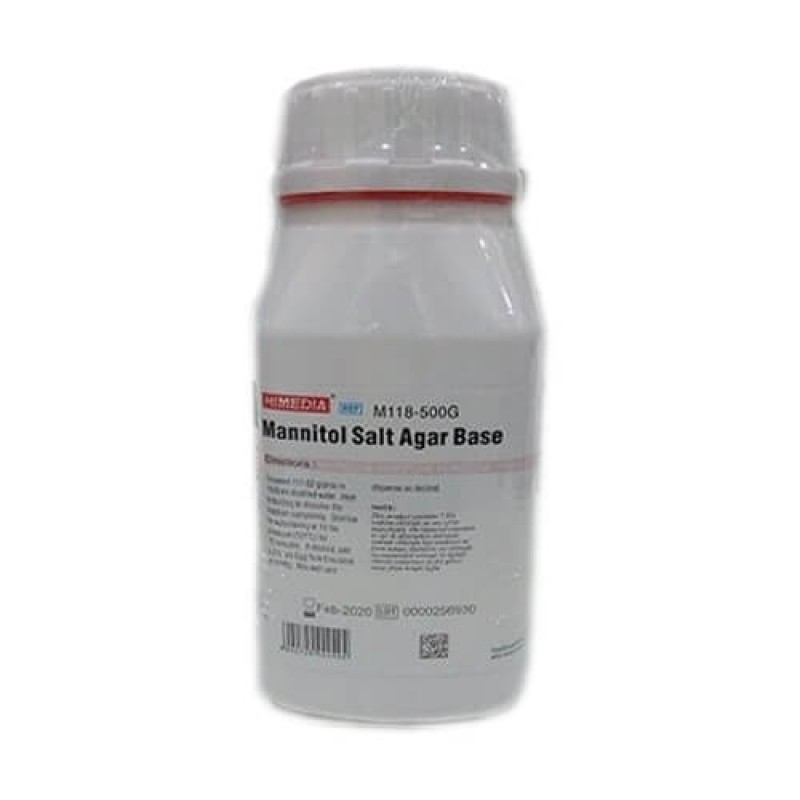
Price :
৳11500
Estimated Shipping Time: Deliveries take up to 2-3 days after you place your order.
Uses: Lab Essentials
Product SKU: yXC4010L7j
HiMedia Mannitol Salt Agar is a selective medium that inhibits the growth of most bacteria due to its high salt concentration (7.5-10%). This selectivity promotes the growth of halophilic organisms, particularly staphylococci.
Differential Properties: It is also a differential medium, allowing for the differentiation of pathogenic Staphylococcus aureus from other non-pathogenic staphylococci based on their ability to ferment mannitol.
Carbohydrate Source: Mannitol serves as the carbohydrate source in the medium. Staphylococcus aureus ferments mannitol, leading to the production of acidic byproducts.
pH Indicator: The medium contains phenol red as a pH indicator. Fermentation of mannitol by Staphylococcus aureus results in a decrease in pH, causing a color change of the medium from red to yellow.
Appearance: HiMedia Mannitol Salt Agar typically appears as a pink to red medium due to the presence of phenol red before inoculation. After incubation, areas surrounding colonies of mannitol-fermenting bacteria may appear yellow, while non-fermenting colonies retain the red color.
Pathogen Identification: The ability to differentiate Staphylococcus aureus based on mannitol fermentation aids in the presumptive identification of this pathogen, which is crucial for clinical diagnosis and treatment.
Quality Control: The quality of HiMedia Mannitol Salt Agar is ensured through rigorous quality control procedures, including sterility testing and performance testing with known strains, ensuring reliability and consistency in results.
Applications: This medium is commonly used in clinical laboratories for the isolation and identification of Staphylococcus aureus from various clinical specimens, as well as in food microbiology for the detection of Staphylococcus aureus contamination in food samples.
No Review Found.
Login To Comment